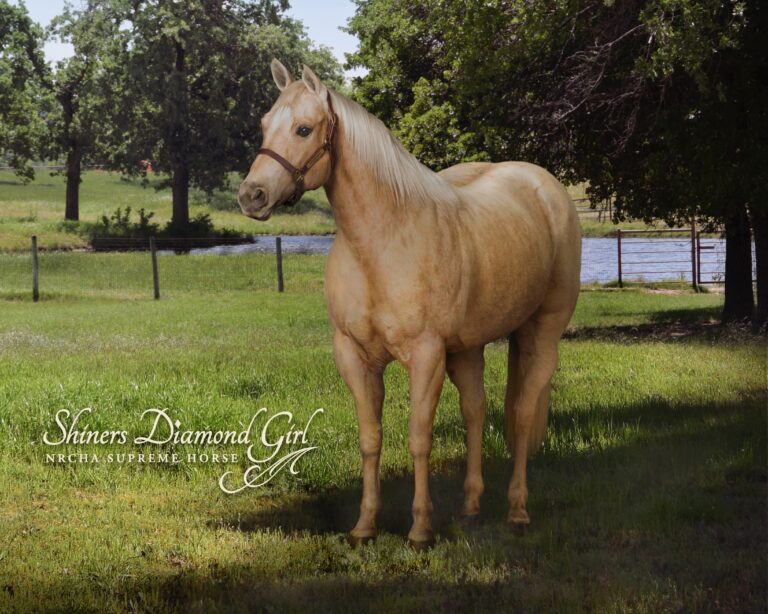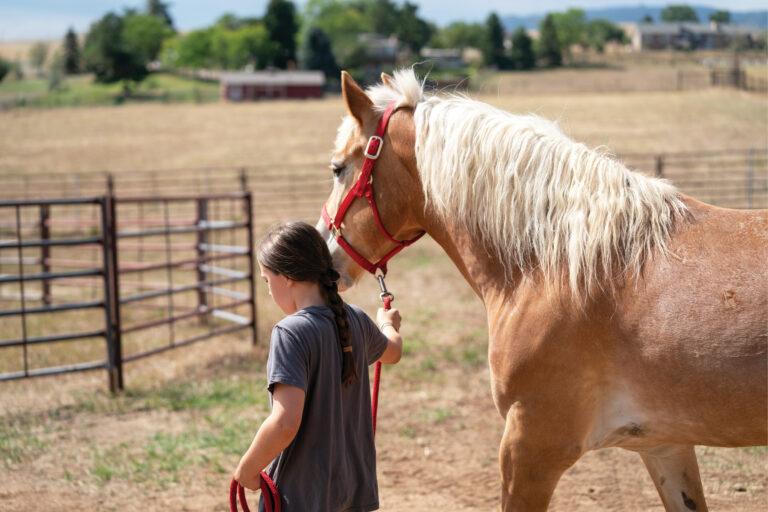Knowing when, where and how to tie horses is a critical—and far too often overlooked—element of horsemanship that affects everyone who handles an equine partner.
When and where to tie a horse is a hard enough concept for adults to understand, making it even more important to teach kids early and often to give them the safest start possible in their equine endeavors.
I tapped our Safe Start expert, National Reined Cow Horse trainer Casey Branquinho, for advice on how to teach kids about safe-tying practices.
[READ MORE: Why ‘Doing As Your Told’ Is Rule Number-One in the Barn]
[READ MORE: Your Horse’s Fitness is About A Lot More Than Winning. Here’s Why.]
“I’ve seen horses tied hard-and-fast to coolers and lawn chairs,” Branquinho said. “It’s just absolutely asking for disaster. You’ve got to stop and think: When you tie a horse, what’s the absolutely worst case scenario? So many wrecks are completely preventable if you just use a little common sense.”

Here are Branquinho’s Tips on Where NOT to Tie Your Horse:
On gates. Tying to a swinging gate is a recipe for disaster. Tying next to a gate, too, where other horses or people are coming in and out, can put your horse or others coming in and out in harm’s way.
Near a gate latch. Gate latches will catch a halter or a lead rope, just asking the horse to pull back and creating a major wreck. Plus, a gate latch, even a blunt latch, is sharp enough to rip a hole in a horse’s flesh.
To wooden fence rails. Always tie to the fence post. When you tie to a rail, a horse can sit back and pull the rail off the posts. Sure enough, he’ll have a 20-foot piece of wood with nails sticking out of it swinging around the corral, taking out other horses and people and creating another major wreck.
[RELATED: The Lost Art of Standing Tied]
Near trailer tires. This one can be hard to avoid, but I’ve had horses paw at the trailer and knock the valve stem off my trailer tire, leaving me with some serious headache.
Too close to other horses. Are the horses nearby pinning their ears? Is your horse a mare, and is she in heat? Even worse—are you riding a stallion? Even if they’re well mannered, they are animals. It’s best to keep your horses out of trouble for their safety and those around them.
To tree branches. You don’t want to tie your horse to a dead piece of lumber if you’re tying to a tree. Be sure you’re getting them tied to a strong piece of wood, like high enough up on the tree’s trunk.
Near gopher holes. This one might seem obvious, but if you’re out riding in big country, it’s easy to forget to look around on the ground when you tie. If the horse steps in a gopher hole, he can lose his balance and cause a wreck pretty quickly.
Generally in the way. If you’re tying a horse up, that usually means you don’t need them right now. There’s no reason for them to linger in the barn aisle, where kids are playing, or where you’re riding. It’s best to put them away from the action so they can’t cause any problems.

Preferred places to tie include secure, welded-pipe tie rails or pipe arena posts, uncluttered areas at the trailer away from latches or tires, and patience poles.
It’s not just where you tie your horse, either, that can cause problems. Some horse-tying basics are easy to overlook.
“I almost lost my good horse one day, because we were at a rodeo, and a shoer tacked a shoe on her for me and tied her to the trailer when he was done,” Branquinho explained. “She managed to rip a hole in her neck the size of both of my fists and dang near took her jugular out because she was just tied too long and got herself in trouble.”
If horses are just tied to the trailer or to a tie-rail, Branquinho said, there’s no reason they should have more than two feet of lead rope to move around on.
“That will keep them from causing a problem with the horse next to them, and should keep them from getting a leg hung up on the rope, too,” Branquinho said.
Knowing your horse is critical, Branquinho added, as some horses just don’t do well tied short, even if it is safest strategy.
“It’s a chess game. You’ve got to look five or six moves ahead of your horse to see what’s going to happen next or what could cause a wreck down the road.”
To enter to win a Resistol RideSafe, click here. H&R






